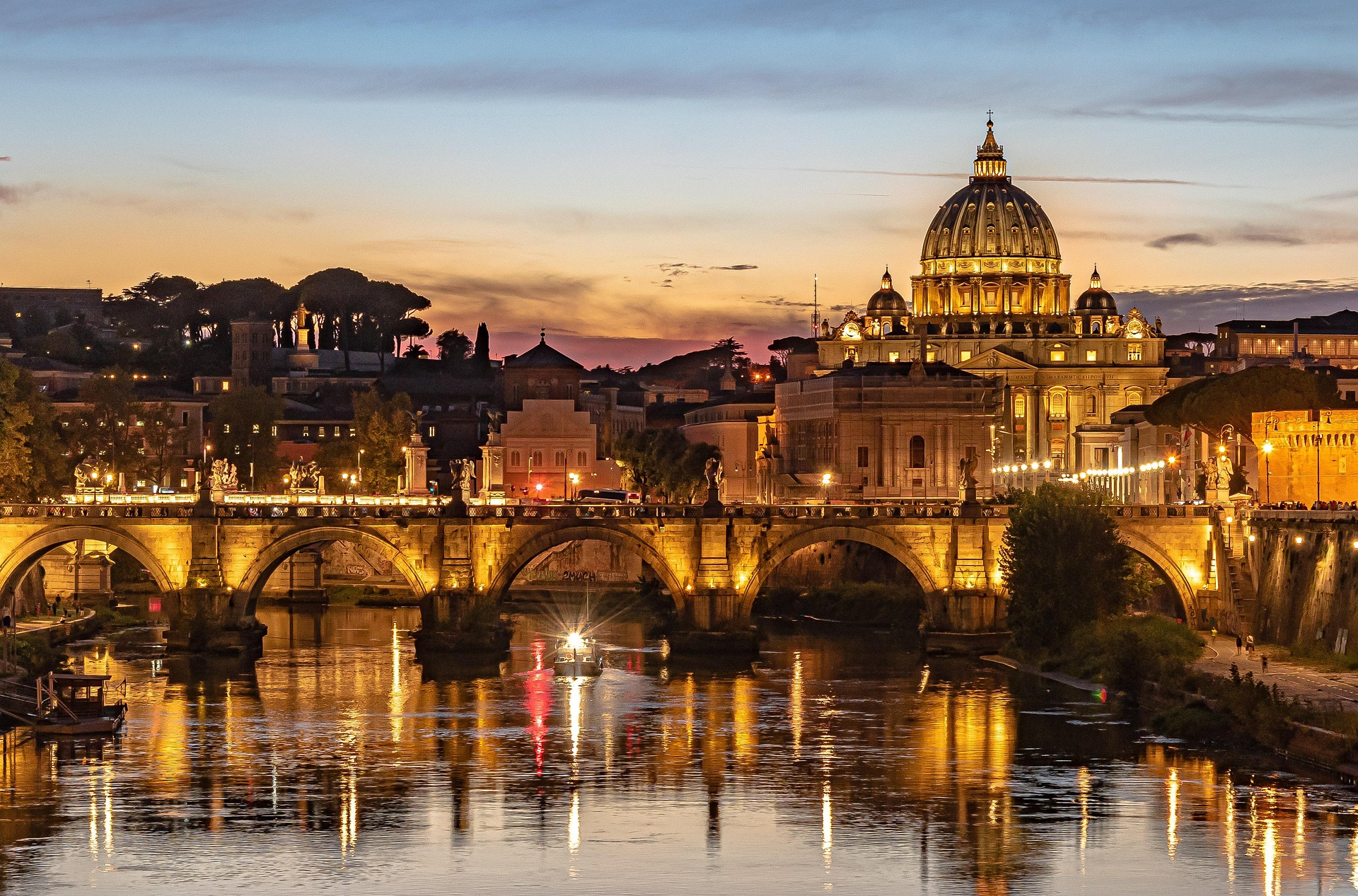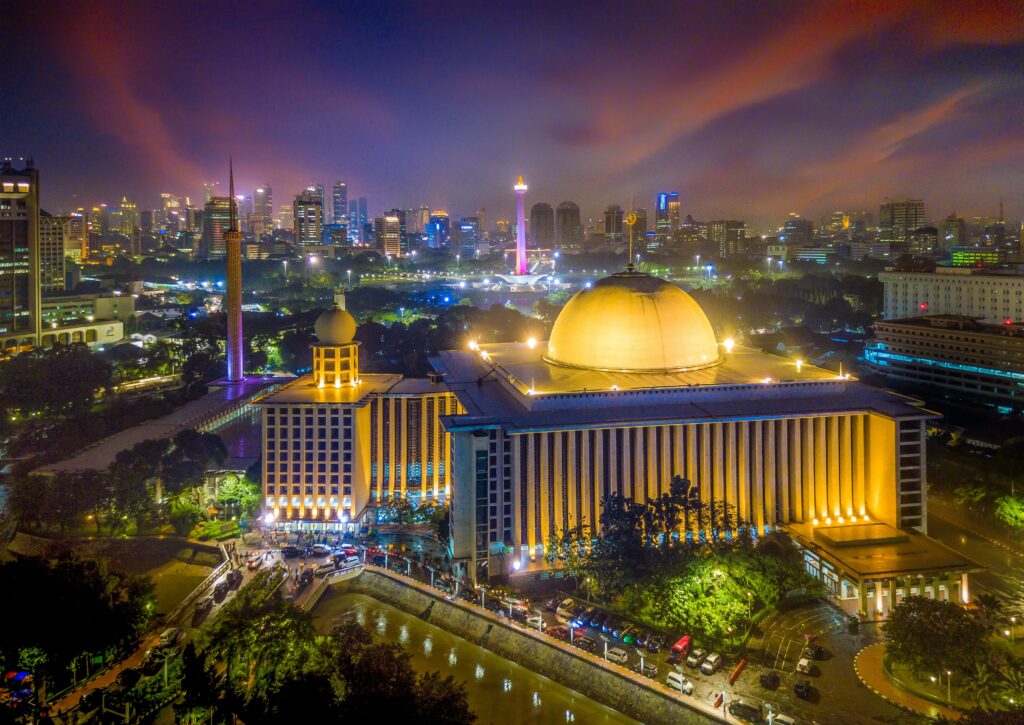Introduction
Rome, the eternal city, stands as the iconic capital of the once-mighty Roman Empire. The historical significance, architectural marvels, and cultural legacy make it a symbol of eternity and power in the annals of human history.
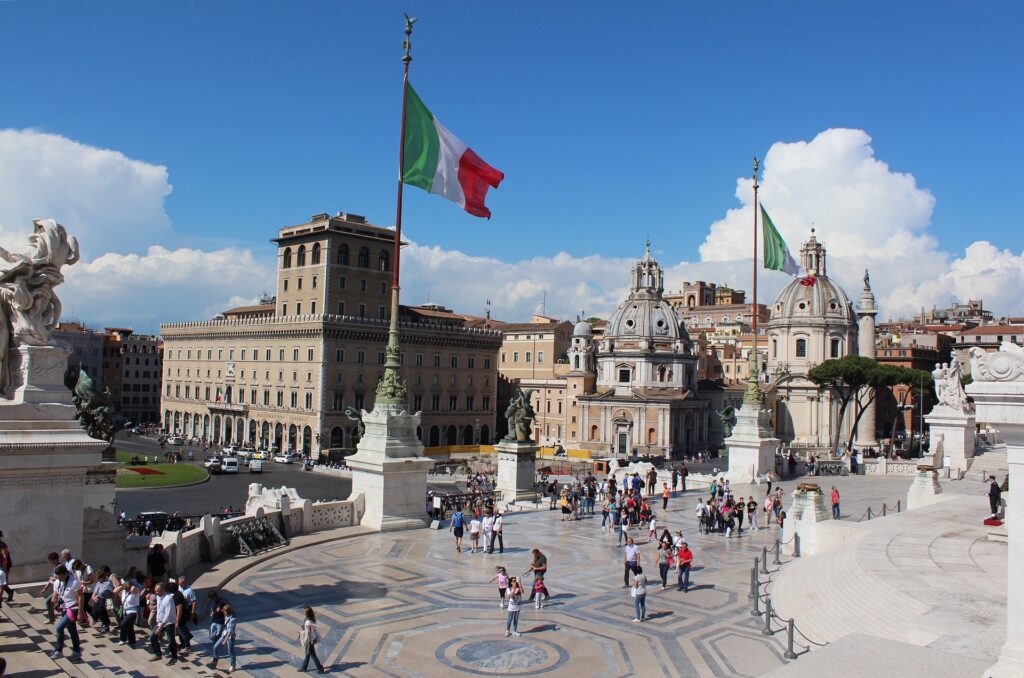
History
Founded according to legend in 753 BCE, Rome evolved from a modest settlement on the banks of the Tiber River into the epicenter of one of the greatest empires the world has ever known. The Romans, known for their military prowess, administrative genius, and engineering acumen, transformed Rome into the beating heart of a vast realm that stretched from the British Isles to the deserts of North Africa, and from the Iberian Peninsula to the Middle East.
The city’s strategic location played a pivotal role in its ascendancy. Situated on the Italian Peninsula, Rome became a hub of trade, culture, and political power. The Roman Forum, a bustling marketplace surrounded by temples and government buildings, emerged as the civic and religious center of the city. As time goes by, Rome’s skyline was punctuated by monumental structures such as the Colosseum, the Pantheon, and the Circus Maximus, reflecting the grandiosity of Roman architecture.
From Republic to Empire, A Legacy of Influence and Innovation
As the Roman Republic transitioned into the Roman Empire in 27 BCE with the rise of Augustus Caesar, Rome’s influence reached unprecedented heights. The Pax Romana, a period of relative peace and stability, fostered economic prosperity and cultural flourishing. The city became a melting pot of diverse influences, absorbing the art, philosophy, and traditions of conquered lands.
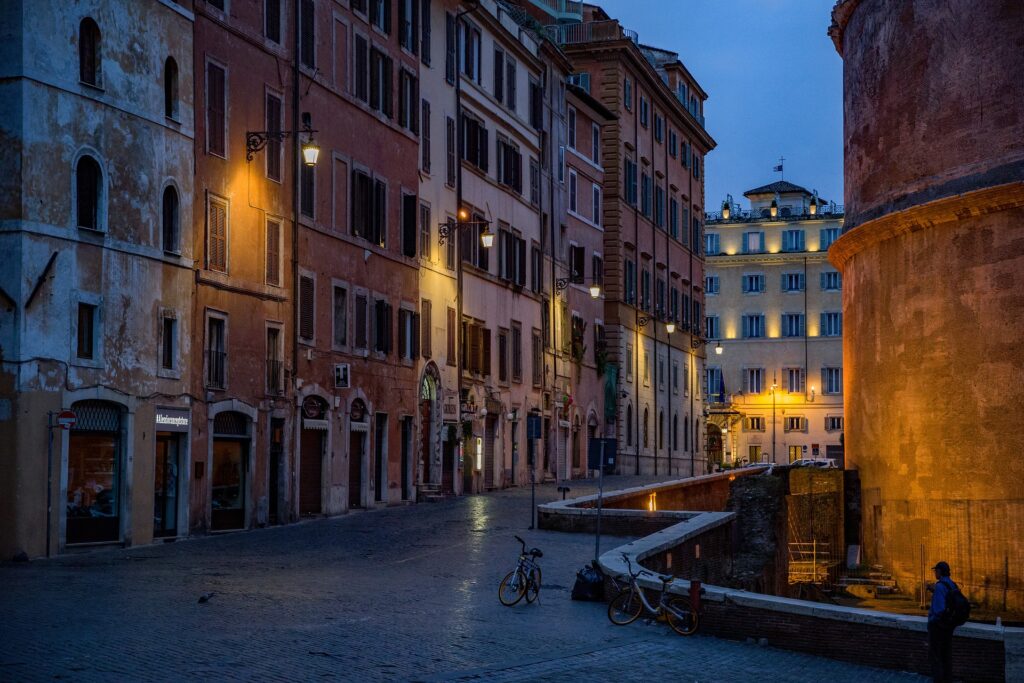
As the Roman Republic transitioned into the Roman Empire in 27 BCE with the rise of Augustus Caesar, Rome’s influence reached unprecedented heights. The Pax Romana, a period of relative peace and stability, fostered economic prosperity and cultural flourishing. The city became a melting pot of diverse influences, absorbing the art, philosophy, and traditions of conquered lands.
Rome’s governance system, characterized by a delicate balance of power between emperors, senators, and the people, laid the foundation for Western political thought. Moreover, the principles of Roman law, embodied in works like the Corpus Juris Civilis, have left an enduring impact on legal systems around the world.
You can also read:
However, the grandeur of Rome was not limited to politics and architecture. The city was a crucible of intellectual pursuits, with luminaries like Cicero, Virgil, and Seneca contributing to literature, philosophy, and rhetoric. Roman engineering marvels, such as the aqueducts and roads, showcased the empire’s commitment to innovation and infrastructure.
Rome’s decline began in the 3rd century CE, marked by economic challenges, internal strife, and external invasions. The fall of the Western Roman Empire in 476 CE did not extinguish Rome’s influence. Instead, it transformed the city into a symbol of continuity, with the Eastern Roman Empire, known as the Byzantine Empire, preserving aspects of Roman culture for centuries.
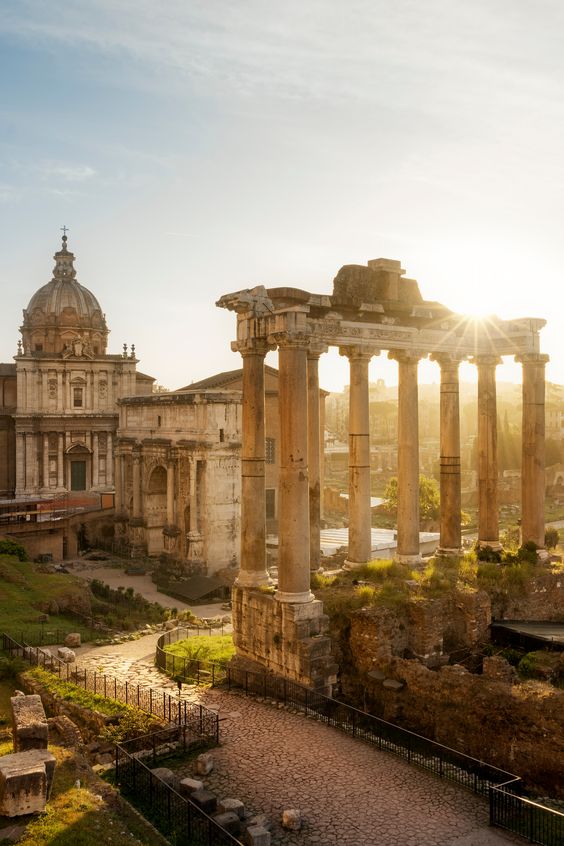
Conclusion
In the modern era, Rome remains a living museum, where ancient ruins stand side by side with vibrant neighborhoods. The Vatican City, an independent city-state within Rome, serves as the spiritual center of the Catholic Church. Also, the allure of the Colosseum, the majesty of the Roman Forum, and the timeless elegance of the Trevi Fountain draw millions of visitors each year.

